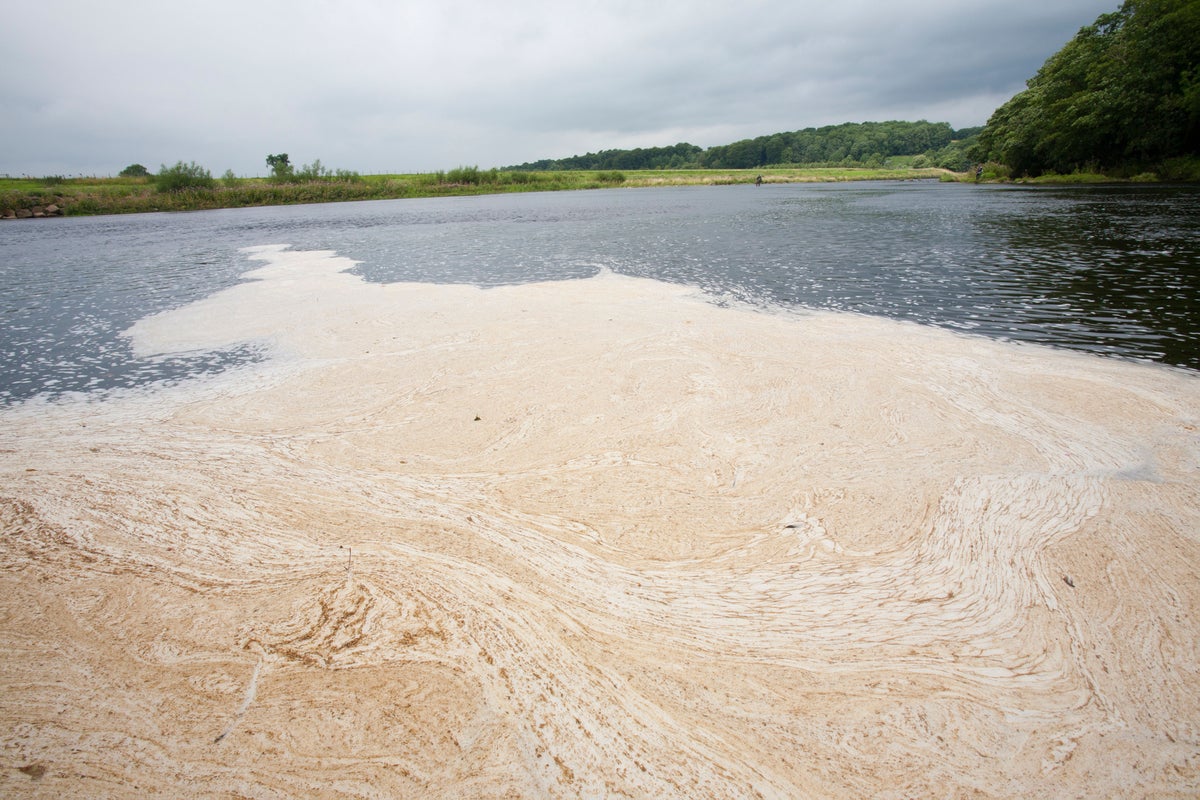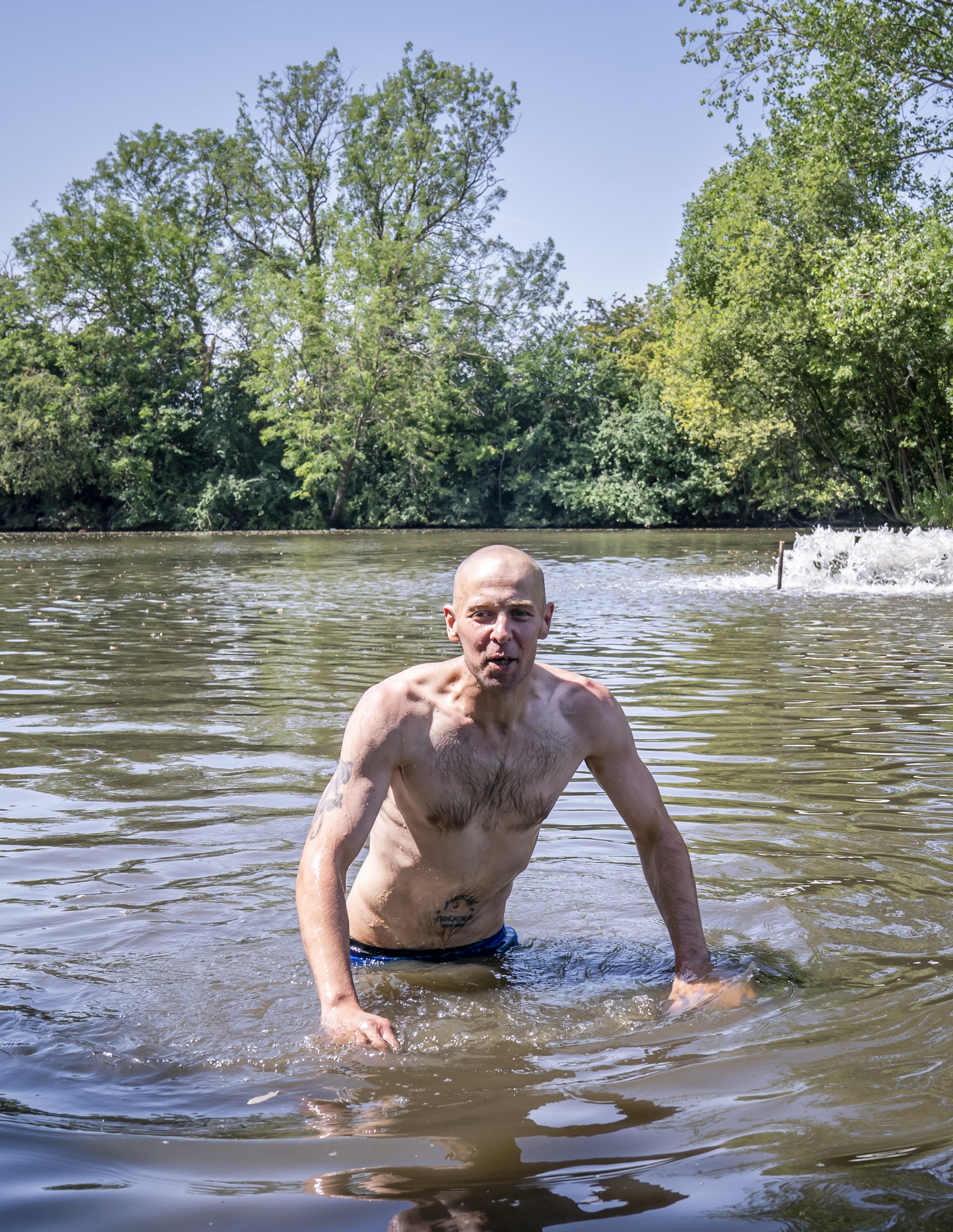
Swimmers seeking refuge from Britain’s record temperatures in open water have been told they could be risking their health because of the hazardous chemical substances and sewage from storm overflows in UK rivers.
As well as taking care not to drown in open water, swimmers should be wary of the risks to health posed by taking a dip – with every body of water in England failing to meet chemical standards.
Every English body of water monitored by the Environment Agency, including rivers, lakes and coastal areas, contain “priority hazardous substances” including insecticides, herbicides and even carcinogens.
Currently in England, not a single one of the water bodies that are monitored by the Environment Agency meet chemical standards— Ali Morse, The Wildlife Trusts
Ali Morse, water policy manager for The Wildlife Trusts, told PA News Agency: “Overall, there are some elements of pollution that have improved over time.
“But we’ll often hear the phrase that rivers are the cleanest they’ve ever been since the industrial revolution and, as far as we understand it, the evidence just doesn’t bear that out.
“Currently in England, not a single one of the water bodies that are monitored by the Environment Agency meet chemical standards.
“Absolutely every single one of them is failing for one thing or another and usually for multiple things.”
Ms Morse said priority hazardous substances are found in a range of products.
“They’re in batteries, they’re in stain repellents, they’re in detergents,” she said.

“But some of them are sort of intentionally harmful so you can kind of tell why they have an impact on the environment.
“Things like fungicides, herbicides, insecticides, and then others are banned because they can cause health problems in humans as well, so for example, some of them are carcinogens.
“That category of chemicals – those priority hazardous substances – that’s what every single river failed or every single water that’s monitored, so the key rivers, lakes and coastal waters as well, they all failed on one or other of those priority substances.”
Storm overflows – relief valves for the sewer system after heavy rain – are another potential health concern, as current monitoring systems do not detect the chemical contents discharged into rivers and their possible effect on humans and wildlife.
The Environment Agency’s most recent annual water companies’ environmental performance report said it was the “worst we have seen for years”, as serious pollution incidents increased to 62 in 2021, the highest total since 2013.
In 2020, water companies discharged raw sewage into rivers 400,000 times in England and 100,000 times in Wales.

Although the agency monitors data as to where storm overflows happen in the UK and their frequency, Ms Morse said “what it doesn’t tell us is what is in the stuff that’s flowing out”.
She added: “At the moment, we just don’t know what kind of impact it’s having on the environment or what kind of impact it could be having on people that are swimming in our rivers and lakes.”
When asked if it is safe to swim in UK rivers, she said: “There are certainly places that I wouldn’t swim. I think it’s very hard to say if it’s actually safe.
“As the monitoring improves over time, we will get a better understanding of what impact all of these inputs into our waterways are having, but at the moment, it is a bit of an uncertain picture,” she added.
Swimmers are advised to check their local water company websites for updates and online mapping from organisations such as Surfers Against Sewage and The Rivers Trust to ensure they do not swim immediately downstream from a storm overflow.
It is advisable to also check for debris on the water surface, such as toilet paper and sanitary products, as well as checking the colour of the water.
If the water is a “scummy brown colour” or it looks like there is “cotton wool” floating on the surface, swimmers ought to find somewhere else to take a dip, as these are signs of sewage fungus.







